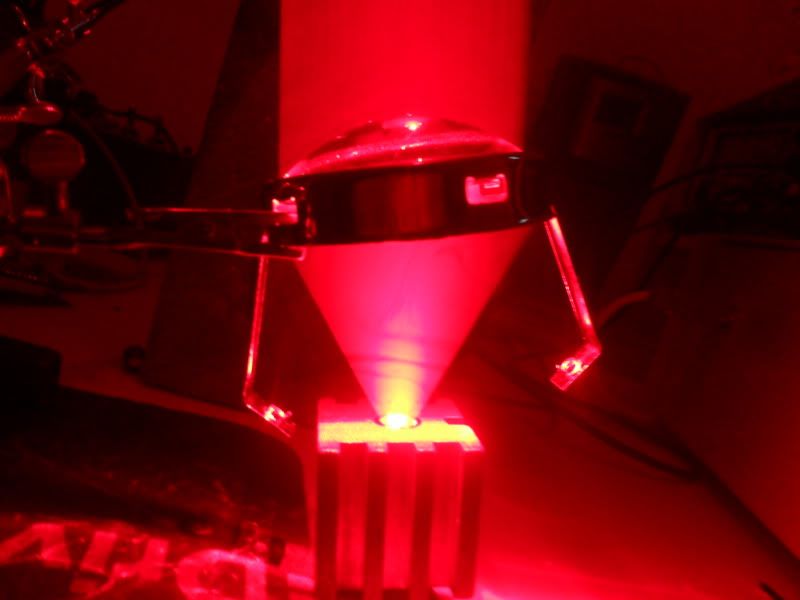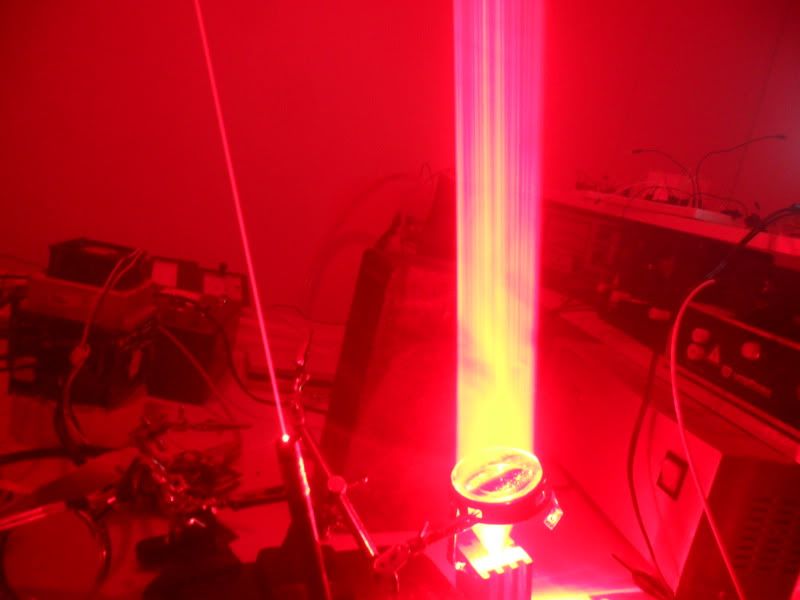- Joined
- Mar 2, 2011
- Messages
- 692
- Points
- 0
1st, a beam expander allows a laser beam to diverge less, at the expence of a larger beam up close
^is that correct?
If that is correct, would having a collimating lens designed to be say, 1 inch away from an axix module work in the same way?
^is that correct?
If that is correct, would having a collimating lens designed to be say, 1 inch away from an axix module work in the same way?
Last edited:





